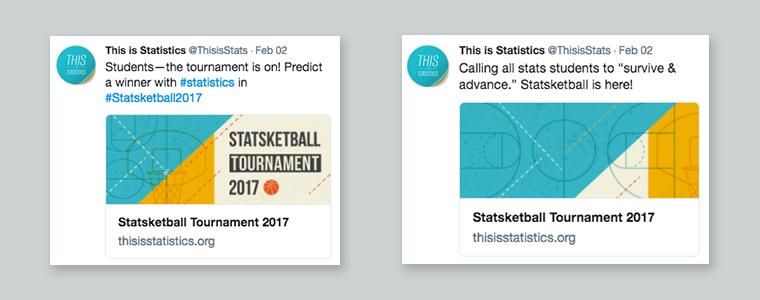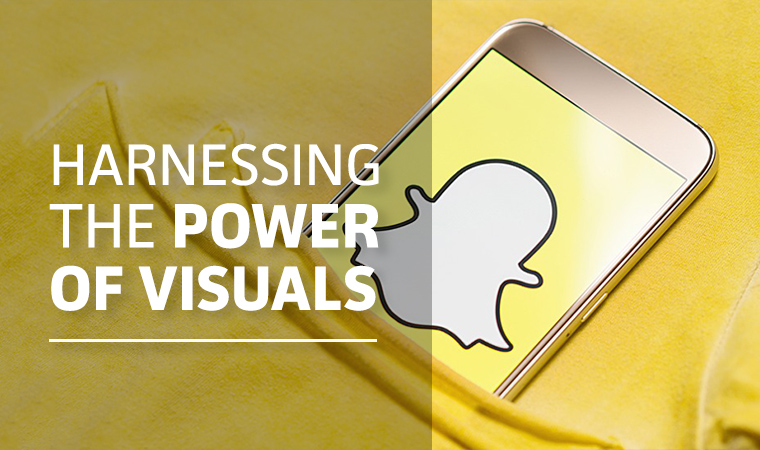3 Ways to Harness Snap’s Image-Dominant Future
If you watched Arrival—the sci-fi film with Amy Adams, Jeremy Renner and squid-like aliens called heptapods—you may have noticed the story hinged on visual communication. The aliens bet their future on the power of visuals and—spoiler alert—it pays off.
Similar to those hopeful heptapods, humans have long tried to harness the power of visual communication and develop complex languages. Today is no different. Not surprisingly, one company making great strides in this effort is Snapchat.
I admit, I had dismissed Snapchat as a fleeting app. I thought that, much like their ephemeral images, the fad would lose its fervor and dissipate into the ether. Other apps have veered that direction, such as Pokemon Go, which saw a sharp decline in users after weeks at the top in app stores or the once popular Vine app, which closed its doors entirely on January 17. Nevertheless, it has been five years, and Snapchat has attracted more than 158 million daily, active users worldwide and built a nearly $405 million advertising business within the last two.
Crafting a New Language
In Arrival, understanding the aliens’ inkblot-like language has profound consequences and alters the future of mankind. Snapchat is hoping our evolving forms of communication will have a similar effect and are investing in a more visual future. On March 1, Snapchat’s parent company Snap released its much-anticipated IPO, valuing the company at $24 billion. That is the biggest debut in the U.S. since Alibaba, according to The Wall Street Journal.
Besides creating buzz on Wall Street, Snapchat is demonstrating they have real lasting power and, more importantly, a wide-reaching influence on language. So much so that academics have taken notice and are researching instant-messaging platforms like Snapchat and their effect on our culture. A recent New York Times article went so far as to say:
The growing importance of cameras — of images rather than just text — is altering much about culture. It’s transforming many people’s personal relationships. It’s changing the kind of art and entertainment we produce. You might even credit cameras — or blame them — for our more emotional, and less rational, politics.
It turns out, with the prevalence of cameras and new technology, we are starting to communicate more and more with images. A new language of GIFs, emoji, streaming video and selfies has emerged.
Talking in Pictures
At Stanton, we have seen visuals take center stage in our own communications efforts. In a recent Twitter advertising campaign for ASA’s Statsketball Contest, we targeted teens and the next generation of statisticians. To our surprise, the metrics revealed the most successful target “keyword” was actually an emoji. In the campaign’s first days, a single basketball emoji ???? racked up 5,260 impressions and 19 link clicks. Taking second place was a triple basketball emoji ???? ???? ???? at 3,431 impressions and 12 link clicks.

A Visual Strategy
Across multiple campaigns and platforms, whenever we include visuals in our strategy, we consistently see higher success rates. There are several ways you can involve visuals, but here are a few tactics you may want to try in your next campaign:
• Use emoji as target keywords for advertising campaigns
• Create ‘snackable’ graphics for distribution across social channels
• Engage audiences with social photo contests
While we can’t foresee how long Snapchat and similar apps will be around, it is safe to say the recent changes in messaging technology have influenced the way we communicate. So, next time you craft a tweet, snap or post, consider how visuals may fit into your strategy and harness the power they hold.
